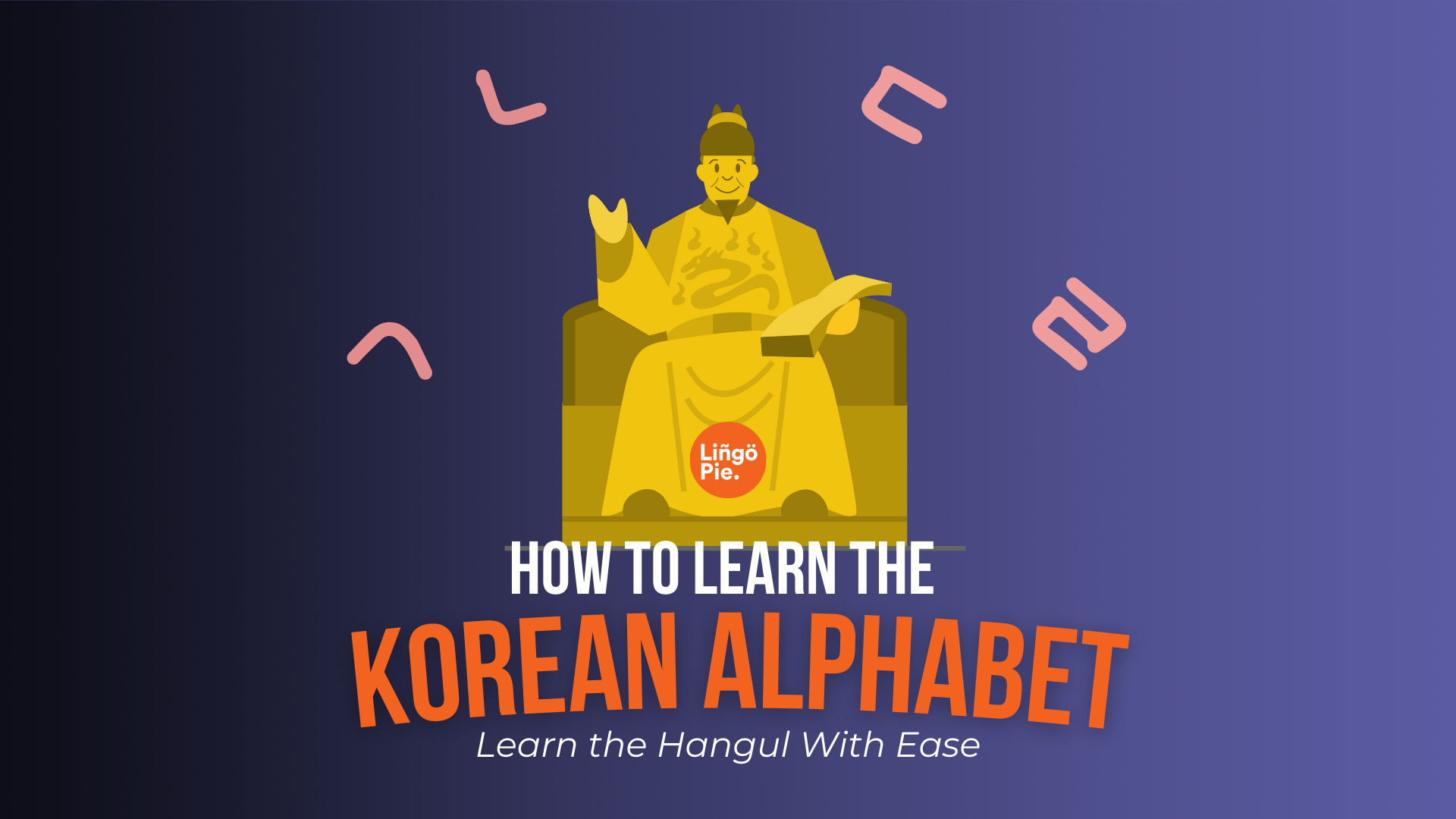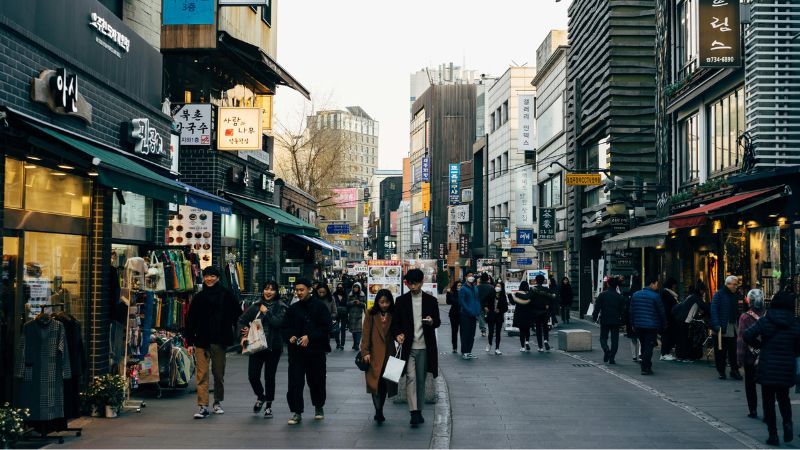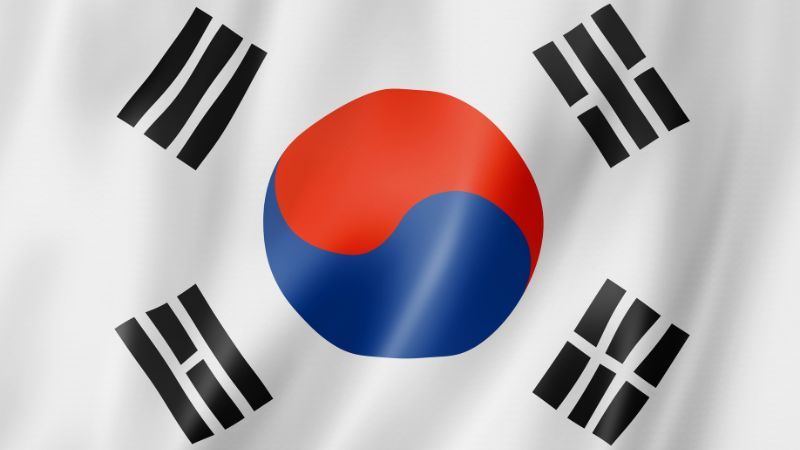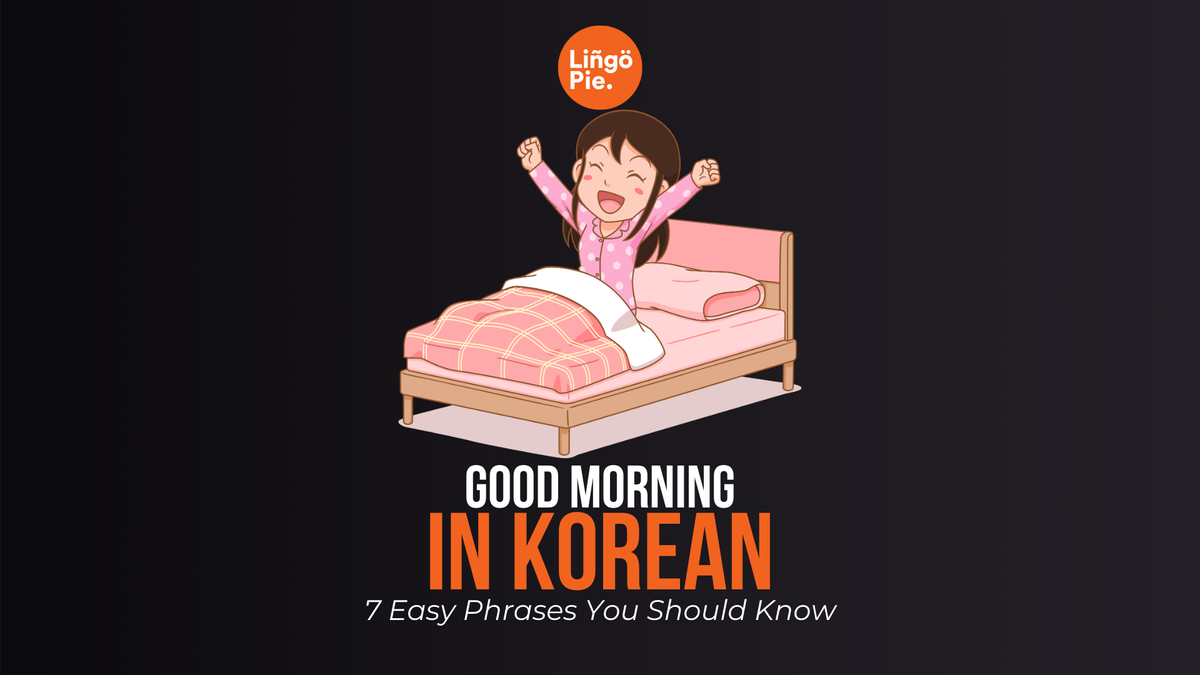Ever wondered how to say good morning in Korean and whether it's even a common greeting? Unlike in English, where good morning is used daily, Koreans greet each other a little differently.
As someone who’s been learning Korean for a while, I quickly discovered that while 좋은 아침 (jo-eun a-chim) is the literal translation, there’s so much more to how Koreans start their day.
In this article, I’ll guide you through not only the various ways to say good morning in Korean, but also share insights on the cultural nuances and when to use each greeting. So, let's get started!
- Chuseok Guide For Foreigners
- How To Learn Korean With K-Pop?
- Korean Beauty Standards

1. How Do You Say Good Morning In Korean?
You can say "Good Morning" in Korean as 좋은 아침 (jo-eun a-chim), but it's not commonly used in daily conversations. Instead, Koreans usually greet each other with 안녕하세요 (annyeong haseyo), which means "Hello" and works at any time of the day.
2. The Common "Good Morning" In Korean
One of the most straightforward translations of "Good Morning" in Korean is 좋은 아침 (jo-eun a-chim). Let’s break it down: 좋은 (jo-eun) means "good," and 아침 (a-chim) means "morning." So, quite literally, it mirrors the English greeting. However, despite its simple translation, 좋은 아침 is not as commonly used in daily Korean conversations as "Good Morning" is in English-speaking cultures.
Koreans tend to use more general greetings that work throughout the day, but 좋은 아침 is still understood and can be used, particularly in more casual or friendly situations. If you’re just starting out with Korean, this phrase is a good introduction, but it’s important to know that it's not the go-to for every morning encounter!
Read Also:

3. How Koreans Really Greet In The Morning

In Korean culture, the specific phrase for "Good Morning" isn't as commonly used as it is in English-speaking countries. While in English, you’d greet someone with “Good Morning” almost instinctively, Koreans tend to use more versatile greetings that apply throughout the day. The most common greeting, regardless of the time, is 안녕하세요 (annyeong haseyo), which means “Hello” or “How are you?”
So why do Koreans prefer this over a specific "Good Morning" greeting? It all ties back to the flexibility and formality of the language. 안녕하세요 works in any context—morning, afternoon, or evening—making it an all-purpose greeting that's respectful and polite.
Since Koreans emphasize social harmony and respect in their interactions, this greeting is both practical and culturally appropriate, which is why you’ll hear it far more often than 좋은 아침. By using 안녕하세요, you’re not just wishing someone a good morning but offering a general sense of well-being, which aligns with the polite and relationship-focused nature of Korean communication.
4. Politeness Levels In Korean Greetings
One of the key aspects of the Korean language is its built-in respect for hierarchy, and this extends to how people greet each other, especially in the morning. In Korean society, it’s essential to use the appropriate level of politeness depending on who you're speaking with, whether it’s a friend, a colleague, or someone older.
If you’re aiming for a more formal greeting in the morning, particularly with someone senior or in a professional setting, you can use 좋은 아침입니다 (jo-eun achimimnida). This version adds a higher level of respect through the use of 입니다 (imnida), which formalizes the greeting. It’s polite, professional, and ensures that you're acknowledging the social hierarchy.
On the other hand, when you’re speaking with friends, family members, or someone younger, a much more casual greeting works just fine. 안녕 (annyeong) is a friendly “Hi” that can be used informally at any time of day, including the morning. It’s perfect for relaxed conversations where formality isn’t necessary, and you’re on equal footing with the other person.
Knowing these levels of politeness is crucial in navigating Korean greetings properly, ensuring you’re always showing the appropriate level of respect.
Read Also:

5. Alternative Ways To Say Good Morning In Korean

Here's a vocabulary table with alternative phrases to say good morning in Korean:
| Korean Phrase | English Translation | Explanation |
|---|---|---|
| 안녕하세요 (annyeong haseyo) | Hello | A versatile greeting suitable for any time of day. |
| 좋은 아침입니다 (jo-eun achimimnida) | Good Morning (formal) | A more formal version often used in professional settings. |
| 아침이에요 (achim-ieyo) | It’s morning | A casual way to refer to the morning, perfect for friends. |
| 오늘 하루도 좋은 하루 되세요 (oneul harudo joeun haru doeseyo) | Have a good day today | Expresses a warm wish for the day ahead. |
| 잘 잤어요? (jal jasseoyo?) | Did you sleep well? | A caring morning inquiry often used with friends or family. |
| 일어나셨나요? (il-eonaseotnayo?) | Have you woken up? | A friendly way to greet someone in the morning. |
| 모닝 (morning) | Morning | A casual, borrowed term from English used informally. |
6. Cultural Tips For Greeting In The Morning
In Korea, it’s not just the words you use but also how and when you use them that matter. Morning greetings vary depending on the relationship you have with the person you're addressing.
For example, when speaking with elders or superiors, it's essential to use a formal greeting like 좋은 아침입니다 (jo-eun achimimnida) or simply 안녕하세요 (annyeong haseyo). In professional settings or when showing respect, stick to these more formal greetings to avoid coming across as disrespectful.
With friends or younger people, you can keep things casual with greetings like 안녕 (annyeong) or even just 아침이에요 (achim-ieyo) to acknowledge the morning. These informal greetings are laid-back and friendly, showing your comfort level with the person.
@tingssam 📙1min Korean with #Tingssam 📌 How to say “Good Morning” in Korean? 좋다 good 아침 morning 좋은 아침입니다 [jo-eu-na-chi-mim-ni-da] 좋은 아침이에요 [jo-eu-na-chi-mi-e-yo] 좋은 아침이야 [jo-eu-na-chi-mi-ya] 좋은 아침! [jo-eu-n-chim] 굳모닝 [gun-mo-ning] ❤️Like & Follow🫶@tingssam 💬 Write a Comment if you have any question! 🏷Tag your friends who need this! 💌 Save this video & Share to your friends! #學習韓語 #韓国語の勉強 #เรียนภาษาเกาหลี #HọctiếngHàn #Estudiarcoreano #Étudierlecoréen #BelajarbahasaKorea #speakkorean #koreanlanguage #studykorean #learnkorean #koreanlesson #한국어공부 #한국어선생님 #팅쌤 #koreanteacher #koreanphrase #korean #koreanstudy #coreano ♬ original sound - Learn Korean with TingSsam
Additionally, in Korean culture, gestures play a significant role in showing respect. It’s customary to bow or give a slight nod when greeting someone, especially when addressing elders or superiors. The depth of the bow can depend on the formality of the situation—deeper bows indicate more respect.
Even when you’re casually greeting a friend with 안녕, a small nod can be a nice, culturally appropriate touch. By combining these verbal and physical cues, you ensure that your greeting is both polite and context-appropriate.
Read Also:

Want To Learn Korean Beyond Greetings? Try Lingopie!
In this article, we covered how to say good morning in Korean, from the direct 좋은 아침 (jo-eun a-chim) to the more commonly used 안녕하세요 (annyeong haseyo). We also talked about the importance of using the right level of politeness in greetings and shared some alternative phrases you can use.
If you want to learn the Korean language beyond basic phrases and greetings, check out Lingopie to get fluent in Korean!
Lingopie is a great language immersion platform that helps you learn Korean through K-dramas and movies with interactive subtitles. It’s the easiest and funniest way to pick up new Korean phrases, improve your listening and speaking skills, and practice them in real-life contexts.
Try Lingopie for FREE now and start learning Korean the real fun way!
Frequently Asked Questions
1. What is a typical Korean greeting?
The most typical greeting in Korean is 안녕하세요 (annyeong haseyo), which means "Hello" or "How are you?" It’s used in both formal and casual situations and works no matter the time of day.
2. What is ANYO in Korean?
아니요 (aniyo), sometimes spelled as "anyo," means "no" in Korean. It’s a polite way to disagree or respond negatively in conversations.
3. How do you say good morning In Korean?
In English, we say "Good Morning," but in Korean, you can say 좋은 아침 (jo-eun a-chim), although it’s less common. Most people use 안녕하세요 (annyeong haseyo) as a general greeting in the morning or any time of day.








![11+ Best Shows On Netflix To Learn Korean [2025]](/blog/content/images/size/w300/2025/05/Best-Shows-On-Netflix-To-Learn-Korean.jpg)

